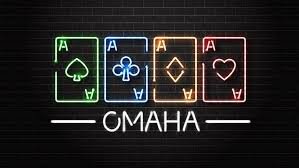Poker
Page: 3
Introduction to Poker Terminology In the world of competitive card games, especially poker, terminology plays a crucial role in how players communicate and understand the game. From beginners to seasoned […]
What is Limping in Poker? Limping is a strategic action in poker that occurs when a player opts to call the big blind instead of making a raise. This tactic […]
What is a Sleeper Straddle? A sleeper straddle is a unique betting maneuver often employed in Texas Hold’em poker. It involves placing a blind bet, similar to a straddle, but […]
Introduction to Texas Hold’em Poker Texas Hold’em poker is one of the most popular variations of the card game, enjoyed by millions of enthusiasts worldwide. Its blend of strategy, chance, […]
Introduction to Ring Games Ring games, also known as cash games, represent one of the most popular formats within the poker landscape, particularly at prestigious venues like the Bellagio. In […]
What is a Backdoor Draw? In the world of Texas Hold’em, terminology can often be confusing, especially for novice players. One such term is the ‘backdoor draw.’ In a poker […]
What is Dead Money? In the realm of poker, the term “dead money” refers specifically to the chips or funds that have been added to the pot by players who […]
What is Rabbit Hunting? Rabbit hunting is a term that is commonly used in the context of poker, referring to the practice of asking to see the community cards that […]
What Is the Hijack Seat? The hijack seat is a critical position at the poker table, specifically defined as the seat located two positions to the right of the dealer […]
Introduction to Omaha Poker Omaha poker is a captivating variation of traditional poker that has gained substantial popularity among enthusiasts, making it the second most played poker game after Texas […]











